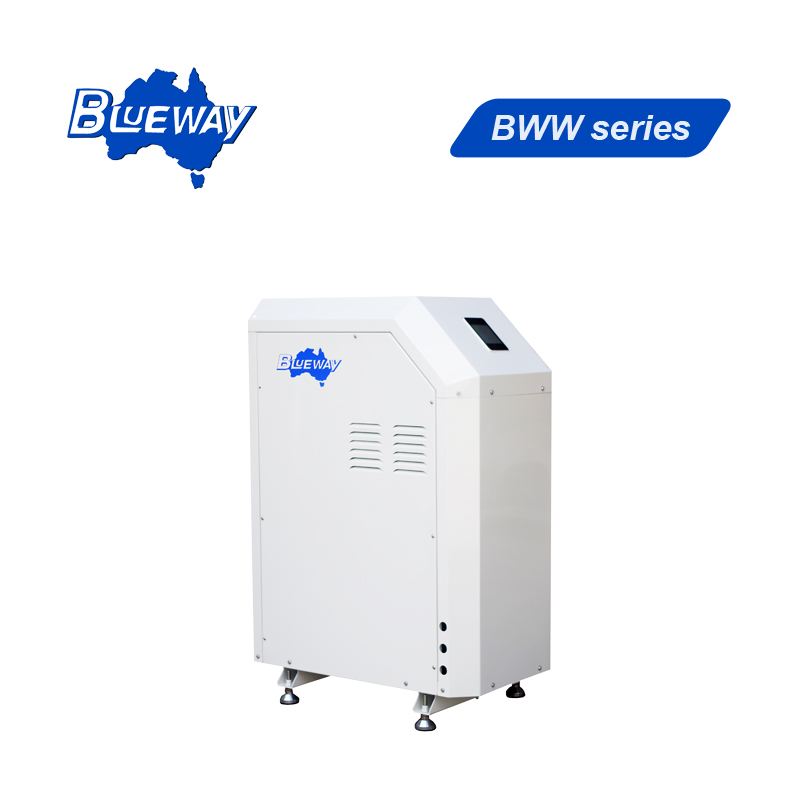How a water-to-water heat pump typically operates
2024-01-16
A water-to-water heat pump is a type of heat pump that transfers heat from a water source, such as a ground loop or a well, to provide heating or cooling for a building. It works on the same principles as other heat pumps but uses water as both the heat source and the heat sink. This type of heat pump is known for its efficiency and is often used in hydronic heating and cooling systems.
Here's how a water-to-water heat pump typically operates:
1. Heat Extraction from Water Source:
- In heating mode, the water-to-water heat pump extracts heat from a water source, such as a ground loop or a well. The heat pump contains a refrigerant that evaporates as it absorbs heat from the water.
2. Refrigeration Cycle:
- The refrigerant, now in a gaseous state, undergoes a compression process to increase its temperature. The high-temperature, high-pressure gas is then circulated to the building's interior.
3. Heat Distribution:
- Inside the building, the high-temperature refrigerant releases heat through a coil or heat exchanger. This heat is then transferred to a water-based distribution system, such as a hydronic radiant floor system or baseboard heaters.
4. Heat Pump Operation in Cooling Mode:
- In cooling mode, the process is reversed. The heat pump extracts heat from the indoor air or the water distribution system and rejects it to the water source, providing a cooling effect inside the building.
5. Distribution of Cool Air:
- The cool water is circulated through the hydronic distribution system, absorbing heat from the indoor air. This process cools the air, and the heat is carried away by the water.
6. Efficiency and Energy Savings:
- Water-to-water heat pumps are known for their high efficiency. By using water as both the heat source and heat sink, they can efficiently transfer heat even in colder climates. This efficiency can result in energy savings compared to traditional heating and cooling systems.
7. Ground Loop or Well System:
- The water source for the heat pump is typically a ground loop or a well. A ground loop consists of pipes buried in the ground, and a well system draws water from an underground source. Both serve as a stable source of heat energy.
8. Zoning and Multiple Zones:
- Some water-to-water heat pump systems offer zoning capabilities, allowing different areas of the building to be heated or cooled independently. This is especially beneficial for larger buildings with diverse heating and cooling needs.
9. Domestic Hot Water (DHW) Heating:
- In addition to space heating and cooling, water-to-water heat pumps can also be configured to provide domestic hot water (DHW) by transferring heat to a separate water storage tank.
10. Geothermal Heat Pumps:
- Water-to-water heat pumps are often used in geothermal heat pump systems, where the stable temperature of the ground or well water enhances the efficiency of the system.
Water-to-water heat pumps are particularly well-suited for hydronic heating systems, where water is circulated through pipes to provide radiant heat. They offer a versatile and energy-efficient solution for both heating and cooling applications in residential and commercial buildings.



